This Miami Beach Getaway Mixes Modern and Pop Sensibilities to Create a Happy Space
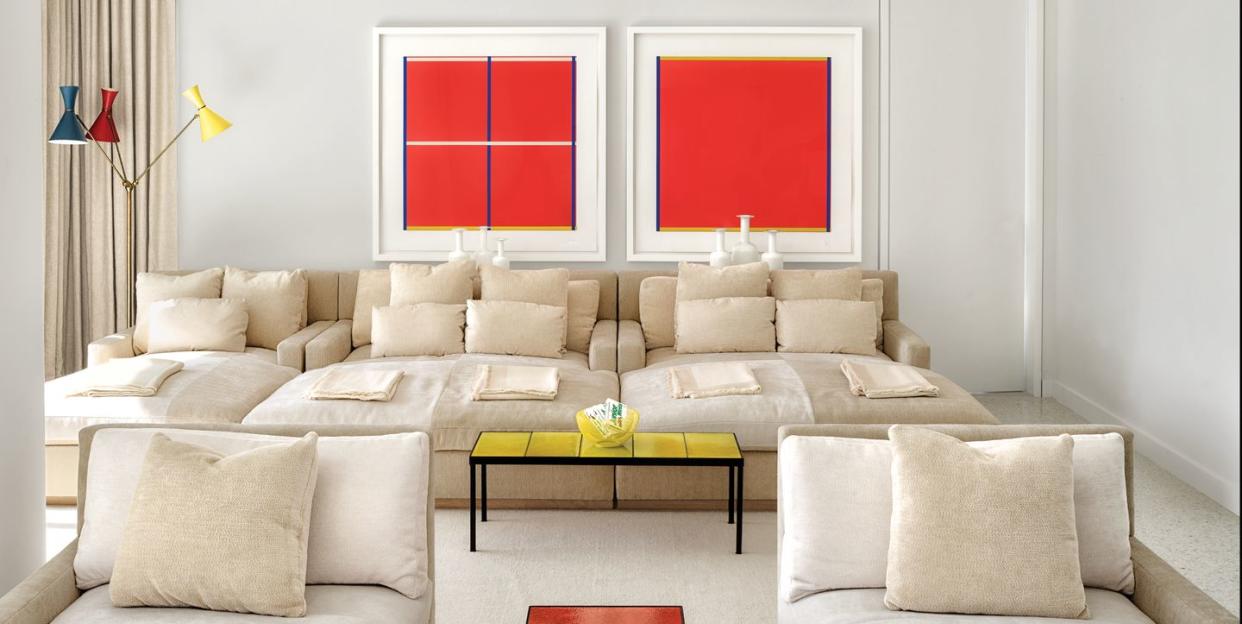
The New York City-based architect Lee F. Mindel is known as a bold minimalist, but this does not mean that his projects aren’t thickly braided with narrative complexity. It is this duality—a layered, impressionistic backstory expressed in a lucid, streamlined lexicon—that gives his work such a sophisticated frisson. Known for designing (with his business partner, Peter Shelton, who died in 2012) Sting and Trudie Styler’s London townhouse and Ralph Lauren’s Manhattan headquarters, Mindel combines intensive historical research with a keen grasp of modernism’s lesser-known (and less ubiquitous) masters. To this he adds an almost psychoanalytic attention to his clients’ needs and inchoate desires.
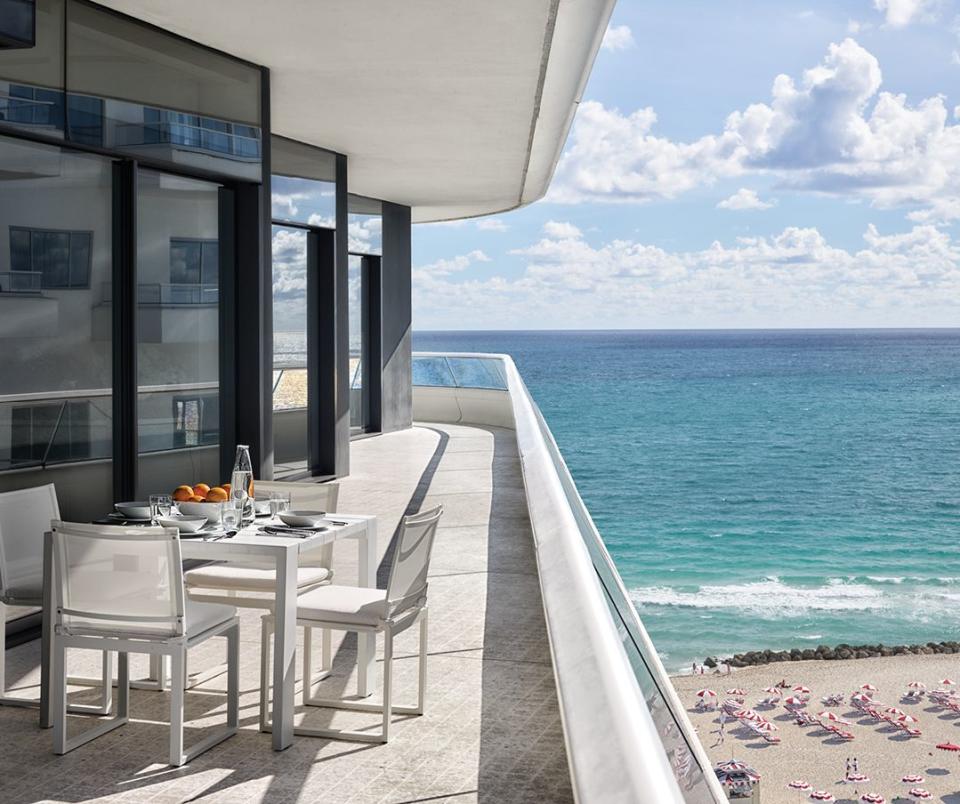
A most recent, sunlit case in point: the capacious pied-à-terre he finished for an entertainment executive, his wife, and their four children in what is referred to as the Mid-Beach neighborhood of Miami Beach. The condominium is part of the Faena District, a luxurious six-block-long complex with Norman Foster-designed apartments, an arts center by Rem Koolhaas, and a Faena hotel fancifully outfitted by the film director Baz Luhrmann and his wife, the costume designer Catherine Martin. The project’s Argentine developer, Alan Faena (whose Miami Beach home was featured last December in ELLE Decor), launched a similarly spectacular Faena District in Rio de Janeiro in 2013.
Mindel wanted the getaway apartment, which the family uses when they are not at home in Manhattan or at their beach house on Long Island, to reflect their energy and exuberance as well as the strong sense of color and place that lured them to the Faena District. Mindel had designed several other homes for them, so he knew their rhythms, how they would want to experience instant delight just walking into the apartment during their Miami escapes. “My process is somewhat musical,” he says. “I start with what is around me, take in all the influences, and listen to what drew the client to the place. It winds up all making sense.”
Unsurprisingly for a Miami roost, the apartment, which was combined from two units, is mostly white. But that’s just the opening sonata. Mindel employs a series of dramatic hues and wittily knowing shapes to offset the neutrality and give the place a subtle subtext. The embedded references—some quite oblique, others droll—are of the vast Atlantic and the simple joy of living on the beach. They also reflect the district’s signature crayon hues, especially the cherry red and white–striped beach umbrellas, lifeguard stands, and cabanas that dot the resort’s substantial ocean frontage.
“The key,” Mindel explains, “is always context. Minimalism that embraces its surroundings becomes regional modernism, a completely different animal.”
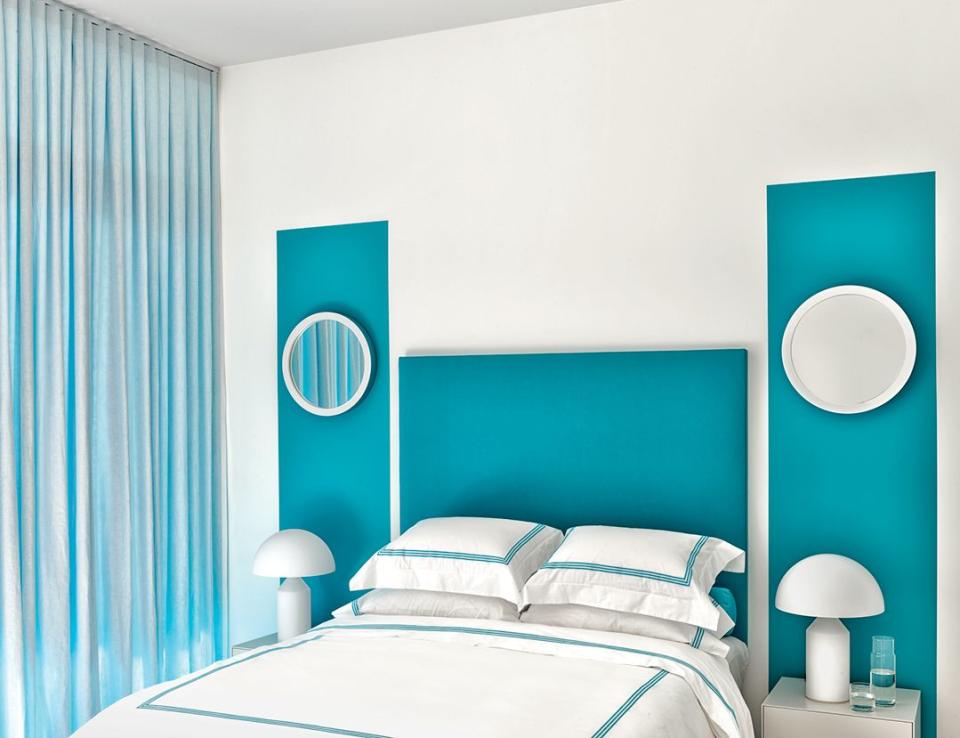
In the living room, which has a gently torqued geometry that makes it feel like a ship’s prow (a wraparound terrace contributes to the effect), the aura of the sea is evoked by azure glass millwork. Custom Ico Parisi-inspired sofas seem like low waves—lucite legs add to the illusion—and the long light fixtures on the ceiling are staggered like a school of fish. The weave of the custom V’Soske rug changes slowly from wool to silk as it winds into the master bedroom like a tide pool.
The screening room holds chaise longues with cushions in subtly alternating shades of muted beige to suggest the varying hues and shapes of sandcastles. Low yellow- and orange-tiled tables by the midcentury French ceramics master Roger Capron are meant to evoke brightly colored sand pails and shovels.
Even the kitchen is integrated into the concept: Wrapped in airy white louvers, it suggests a cabana. In the dining room, near a round Willy Rizzo table surrounded by ultramarine Verner Panton-style chairs, sits a vibrant, ingenious Sushi sofa by the Campana Brothers that feels as if it is made from recycled flip-flops. “Could anything be more perfect?” Mindel asks.
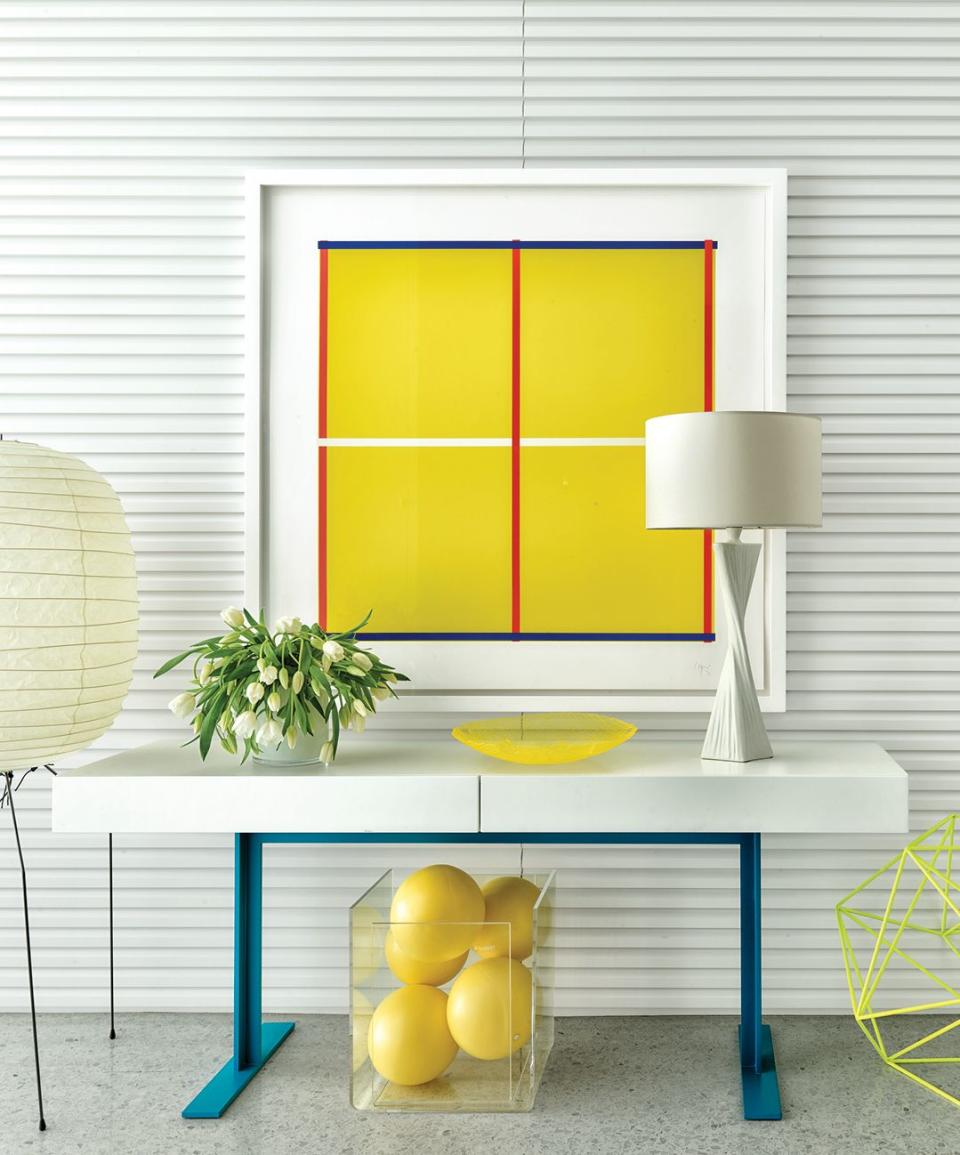
A less meticulous designer might skimp on the unglamorous areas that hold the elaborate mechanicals of such a home, but Mindel never resists a challenge: He transformed that juncture (also the point at which the two original units are joined) into an enchanting alcove. He designed a circular closet with sunshine-yellow millwork and suspended a series of white wire jellyfish sculptures by Benedetta Mori Ubaldini from the ceiling. With a games table ringed by whimsical acrylic chairs, the space is instantly gladdening. “My mission is to create a sense of joy,” Mindel says. “Design is bigger than just objects or what people call style. It’s more elemental.”
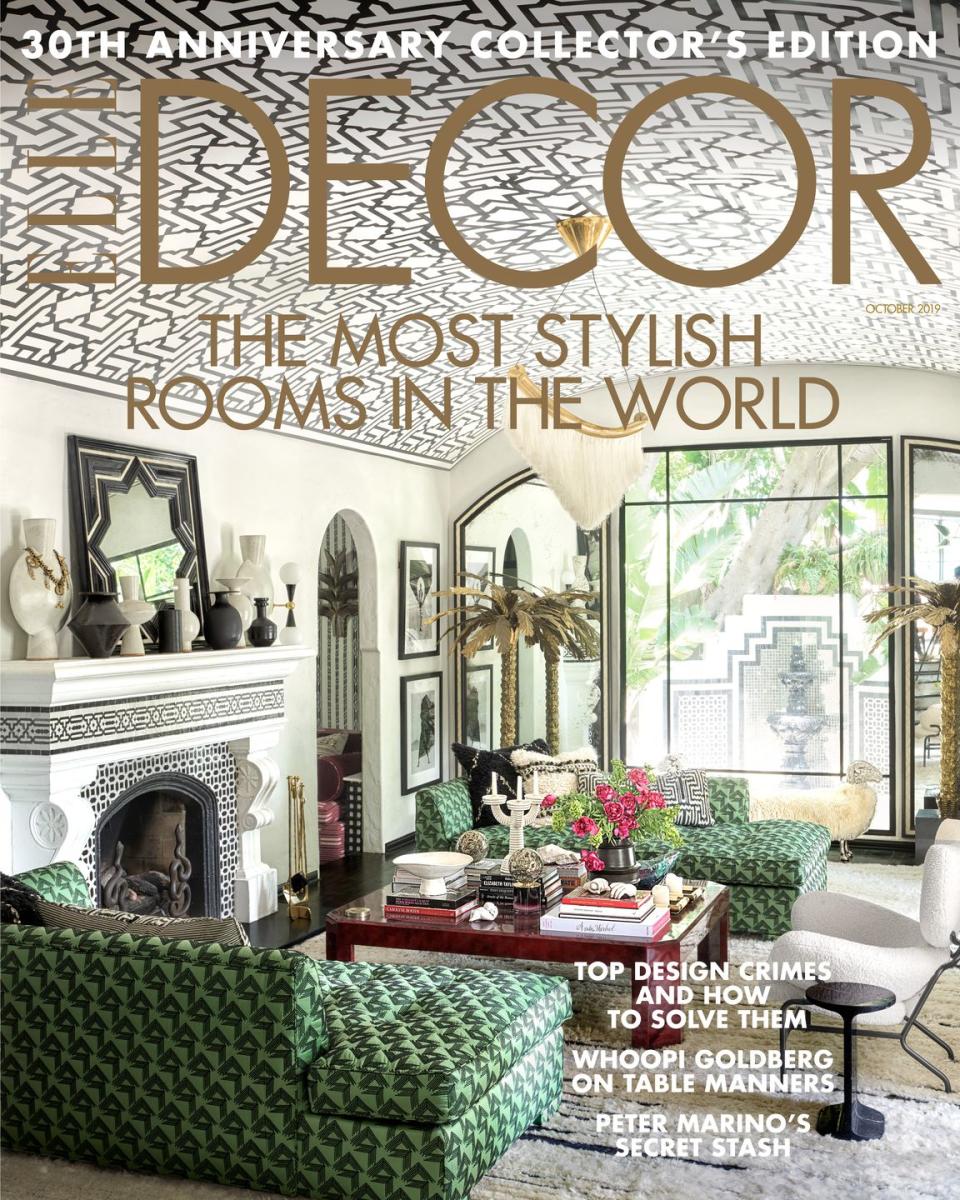
Produced by Margaret Russell
This story originally appear in the October 2019 30th Anniversary Collector's Edition of ELLE Decor. SUBSCRIBE
You Might Also Like

